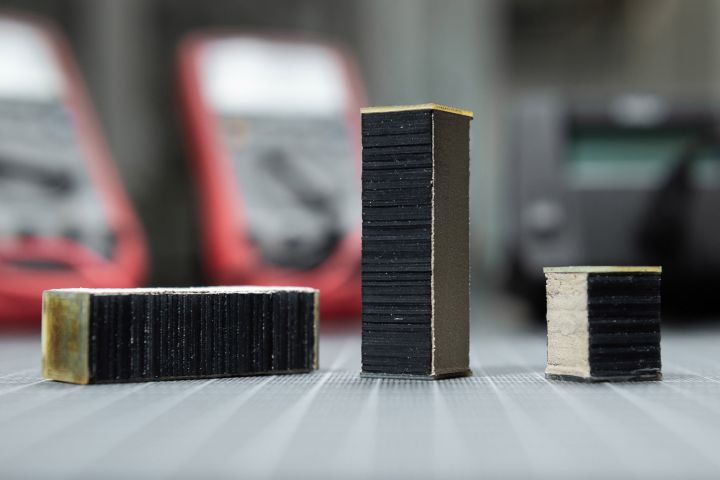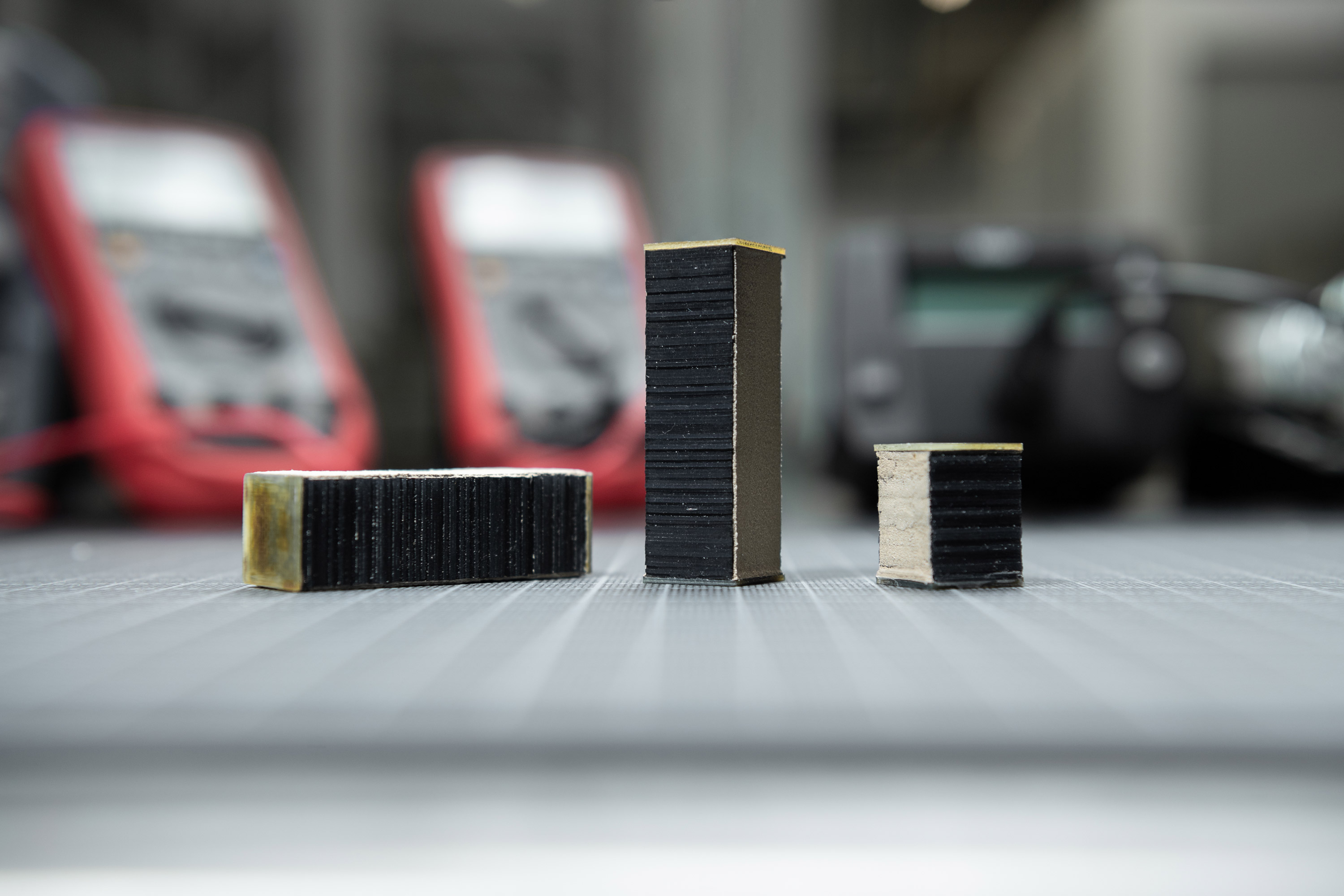
Innovative collaboration for dielectric elastomer actuators
Momentive, Datwyler and BSC Computer are collaborating on the industrial market launch of solutions focused on the innovation of 'Dielectric Elastomer Actuators'.

Currently, conventional actuator systems have a complex mechanics that generate noise and vibrations, which can cause premature wear or disrupt other mechanical elements of the system. This complex and heavy construction also results in a large size which limits its integration in restricted environments. Furthermore, in the case of actuation and displacement measurement on the same side, additional sensor components are also required. The quality and thus the realistic simulation of feedback in combination with limited space available are difficult challenges for a switch. Finally, today's conventional actuators have a high energy consumption and require maintenance, which results in high operating costs.
The last decade saw a rising interest towards alternative low-energy consumption actuation technologies and "smart materials".
Datwyler is on the path to industrialize a new polymer transducer technology ("Electroactive Polymers" or EAPs) based on stacked polymer actuators, which was originally developed by CTsystems, a spin-off from EMPA, Switzerland. EAPs can replace and outperform conventional actuator technologies and can be used in various applications. Advantages of EAPs include low energy consumption, no additional complex mechanical parts, a robust and resilient design, noise-free operation with the possibility for energy harvesting, sensing, and haptic/tactile feedback functionalities.
A flexible solution for numerous applications.

Momentive, Datwyler and BSC Computer are collaborating on the industrial market launch of solutions focused on the innovation of 'Dielectric Elastomer Actuators'.

Visitors will be able to interact directly with Datwyler’s latest innovations in areas such as Electroactive Polymers (EAP) for interiors applications, Thermal Interface Materials (TIMs) for battery systems and Liquid Silicone Rubber (LSR) for e-powertrain solutions.

Datwyler is strengthening its position with the innovative future technology of electroactive polymers and has secured this with corresponding patents.

Datwyler has launched new, dedicated Technology & Innovation Labs in Schattdorf, Switzerland, comprising a series of specialist laboratories, to further support customers globally.
These elastomers have the particularity of being silent and generating no vibration. In addition, this new technology directly integrates sensing functionalities (no additional sensor components) which makes the actuator more compact. These two parameters make the integration of this new solution optimal in restricted and mechanically precise systems.
The same sensing functionalities are enhanced by offering short response time, adaptable amplitude shapes and a wide frequency range. This makes its use much more interesting for haptic/tactile human machine interfaces.
Finally, the energy consumption of the new actuator is significantly lower than those of conventional actuators, which therefore reduces the operating costs of the mechanical system that integrates them.
Our unique thin layer dielectric elastomer stacks allow tactile and sensitive actuation and sensing.
20N
Max. actuation force (dependent on stack dimensions)
10 %
below 2ms
Actuation time (dependent on stack dimensions)
50 Hz
Actuation frequency (dependent on stack dimensions)
Plastverarbeiter reports on the collaboration between Datwyler, Momentive and BSC Computer for the market launch of novel Dielectric Elastomer Actuators.
The German trade media Elektronik Praxis explains in an article the advantages of stacked electroactive polymers from Datwyler compared to conventional actuators.
A deeper look at the trend towards electrification and the possibilities surrounding haptic feedback. Haptic feedback is an example of these advances and is an area that is increasingly important in terms of vehicle design, both in terms of aesthetics and functionality.
